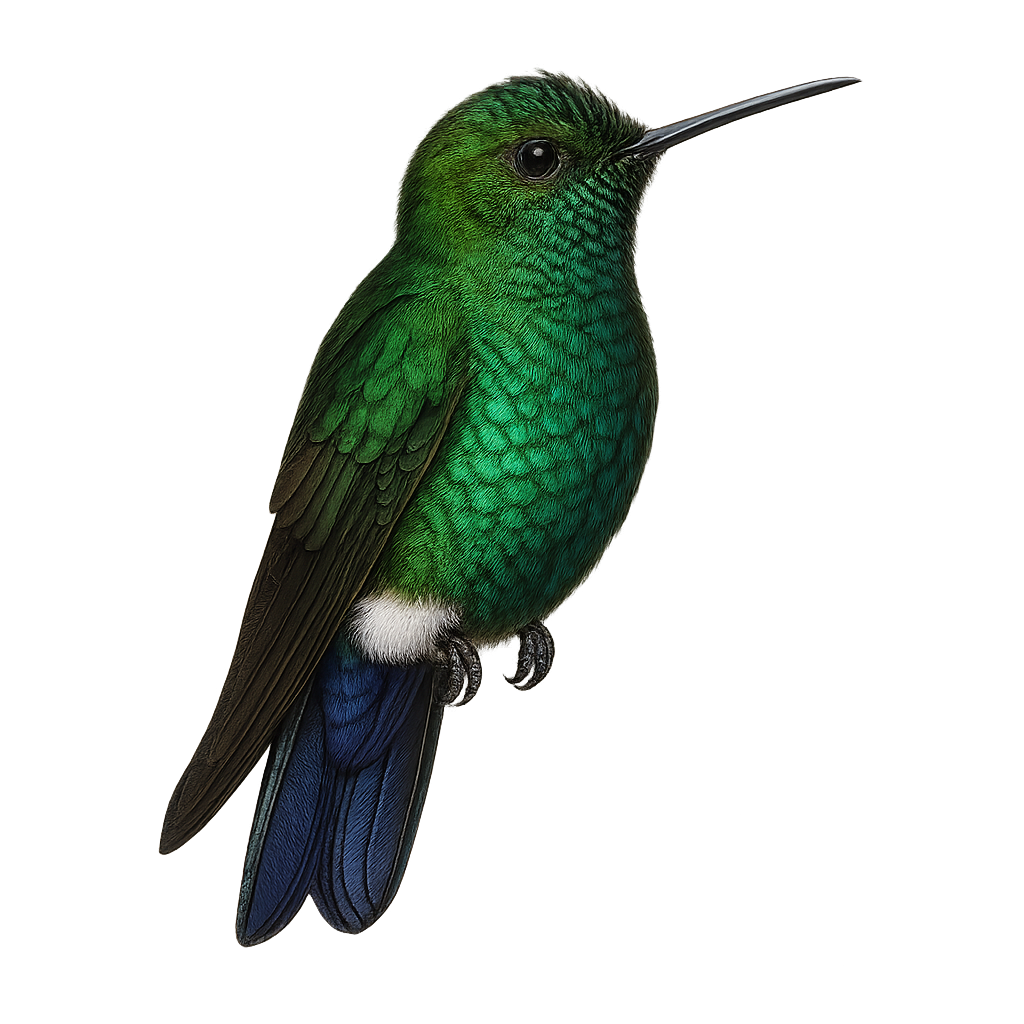Your wildlife photography guide.
Explore the buff-tailed coronet in detail, study its behavior, prepare your shots.
Where to observe and photograph the buff-tailed coronet in the wild
Learn where and when to spot the buff-tailed coronet in the wild, how to identify the species based on distinctive features, and what natural environments it inhabits. The WildlifePhotographer app offers tailored photography tips that reflect the buff-tailed coronet’s behavior, helping you capture better wildlife images. Explore the full species profile for key information including description, habitat, active periods, and approach techniques.
Buff-tailed Coronet
Scientific name: Eriocnemis vestita

IUCN Status: Least Concern
Family: TROCHILIDAE
Group: Birds
Sensitivity to human approach: Suspicious
Minimum approach distance: 5 m
Courtship display: April to July
Incubation: 17-19 jours
Hatchings: April to August
Habitat:
Cloud forests, mountainous areas, forest edges
Activity period :
Primarily active during the day, with peak activity in the morning and late afternoon.
Identification and description:
The Buff-tailed Coronet, Eriocnemis vestita, is a fascinating bird from the Trochilidae family. This small hummingbird is recognizable by its fluffy white feathered legs, contrasting with its metallic green plumage. It primarily inhabits cloud forests and mountainous areas of the Andes, where it feeds on nectar and insects. Its fast and agile flight allows it to easily navigate between flowers. Although its habitat is relatively stable, it is sensitive to environmental disturbances. Males and females are similar in appearance, although males may be slightly more colorful. This hummingbird plays an essential role in pollinating the plants in its habitat.
Recommended lens:
400 mm – adjust based on distance, desired framing (portrait or habitat), and approach conditions.
Photography tips:
To photograph the Buff-tailed Coronet, it is advisable to use a 400mm lens or longer to capture precise details without disturbing the bird. Look for areas where flowers are abundant, as these hummingbirds are often attracted to nectar sources. Be patient and wait for the bird to get used to your presence. Use a tripod to stabilize your camera and prefer times of the day when the light is soft, such as early morning or late afternoon, to get well-lit and colorful images.
The WildlifePhotographer App is coming soon!
Be the first to explore the best nature spots, track rutting seasons, log your observations, and observe more wildlife.
Already 1 432 wildlife lovers subscribed worldwide

